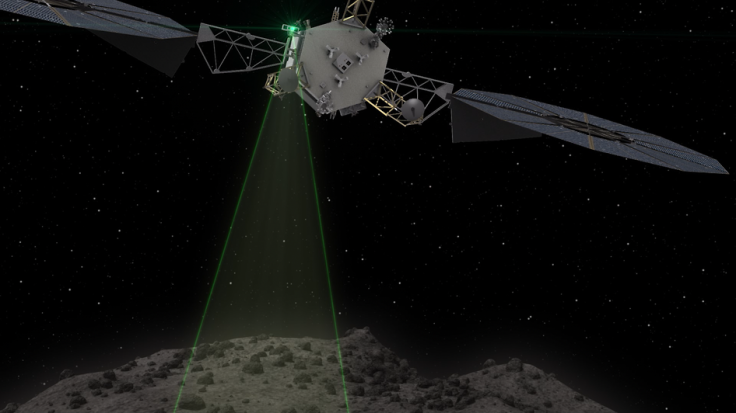NASA Unveils Important Component Of Asteroid Deflection Mission

KEY POINTS
- NASA will use a next-generation engine for its DART mission
- NEXT-C is more efficient than NASA's current engines
- The DART mission will try to deflect the satellite of a binary asteroid
NASA has unveiled the major component that would ensure the success of its upcoming asteroid redirection mission. This expedition would determine if it would be possible to deflect an approaching asteroid to save Earth from a major impact event.
The upcoming mission is known as the Double Asteroid Redirection Test (DART). Its main target is the binary asteroid system known as Didymos.
NASA is planning to officially launch the DART mission in July next year. The agency estimated that its DART spacecraft will travel in space for about 2 months before reaching its target, which is expected to be about 11 million kilometers from Earth.
In order to reach its target and successfully accomplish the mission, NASA’s scientists developed a vital component for the DART spacecraft. Known as NASA’s Evolutionary Xenon Thruster – Commercial (NEXT-C), this is a powerful engine that’s designed to take DART into space and provide it with the necessary push to deflect an asteroid.
NASA has been subjecting the next-generation engine through a series of tests under conditions that mimic those in space. According to the agency, NEXT-C is three times more powerful that than the current engine it is using for some of its spacecraft.
Due to its power and energy efficiency, NASA is preparing to use the engine for its other space missions.
“NEXT is projected to be about three times as powerful as the NSTAR used on Dawn and Deep Space 1 spacecraft,” NASA explained in a statement. “NEXT affords larger delivered payloads, smaller launch vehicle size, and other mission enhancements compared to chemical and other electric propulsion technologies for Discovery, New Frontiers, Mars Exploration, and Flagship outer-planet exploration missions.
For the upcoming DART mission, the NEXT-C engine will propel NASA’s spacecraft until it collides with its target, which is Didymos B. This is a natural satellite that orbits the 780-meter-wide asteroid known as Didymos A. The collision is expected to create a crater on the surface of the target asteroid.
Once NASA completes the objectives of the DART mission, the European Space Agency will launch its own expedition known as Hera. The objective of this mission is to analyze Didymos B in order to determine if DART was able to successfully redirect or deflect it.
© Copyright IBTimes 2024. All rights reserved.





















